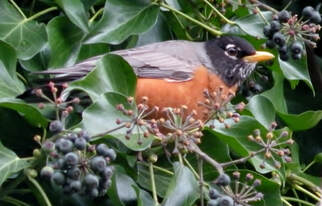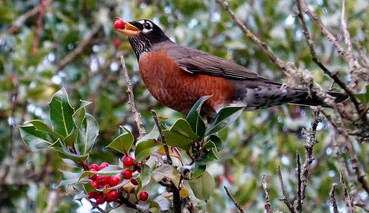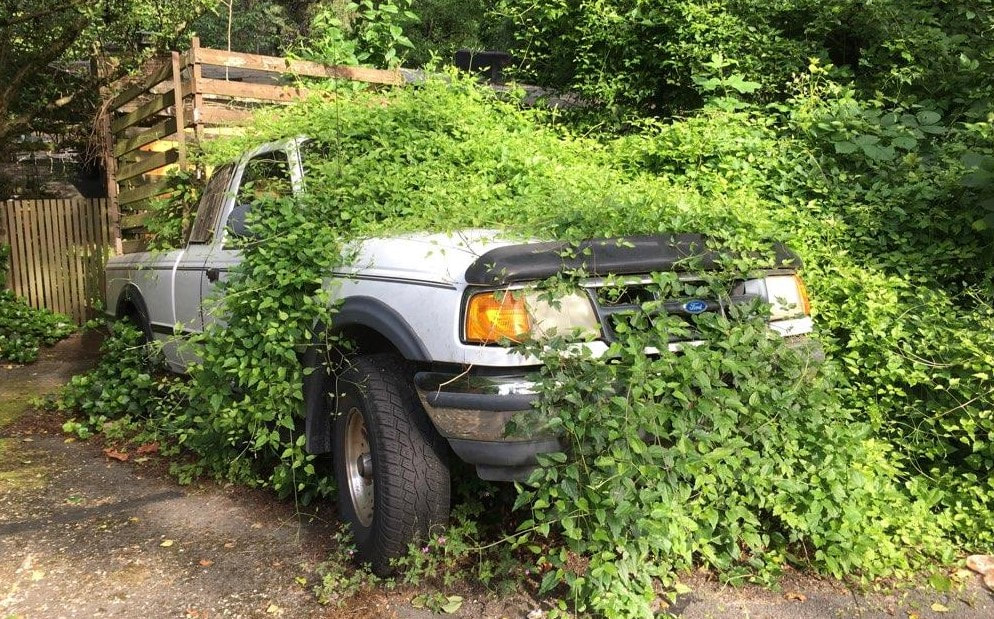Seed Rain n. 1. The deposition of seeds spread by bird, wind, humans, and animals, usually pertaining to non-native species degrading native habitat. 2. “Seed rain” describes the spread of vegetative or seed propagules crossing public and private property boundaries.
Invasive Update: A 2014 study in St. Edwards State Park found that the number of English holly trees is doubling every six years, having "the potential to become a dominant species in both number of individuals and area covered within a few decades, transforming the region’s native forests on a large scale“ (Dr. David Stokes, UW Bothell). This alarming projection of near-exponential growth of English holly is proving true in suburban forests but will likely slow in more shady, intact regional forests. More concerning, the quiet relentless spread of English ivy could eventually become entrenched "with complete domination of the forest understory with no native wildlife. Without tree regeneration, ultimately a degradation of the forest overstory..." (King County Noxious Weeds). It may take 100 years, likely less, but without intervention, invasive monocultures will have devastating effects on our region's native flora and fauna, affecting pollinators, agriculture, timber, fishing, and eco-tourism industries.




